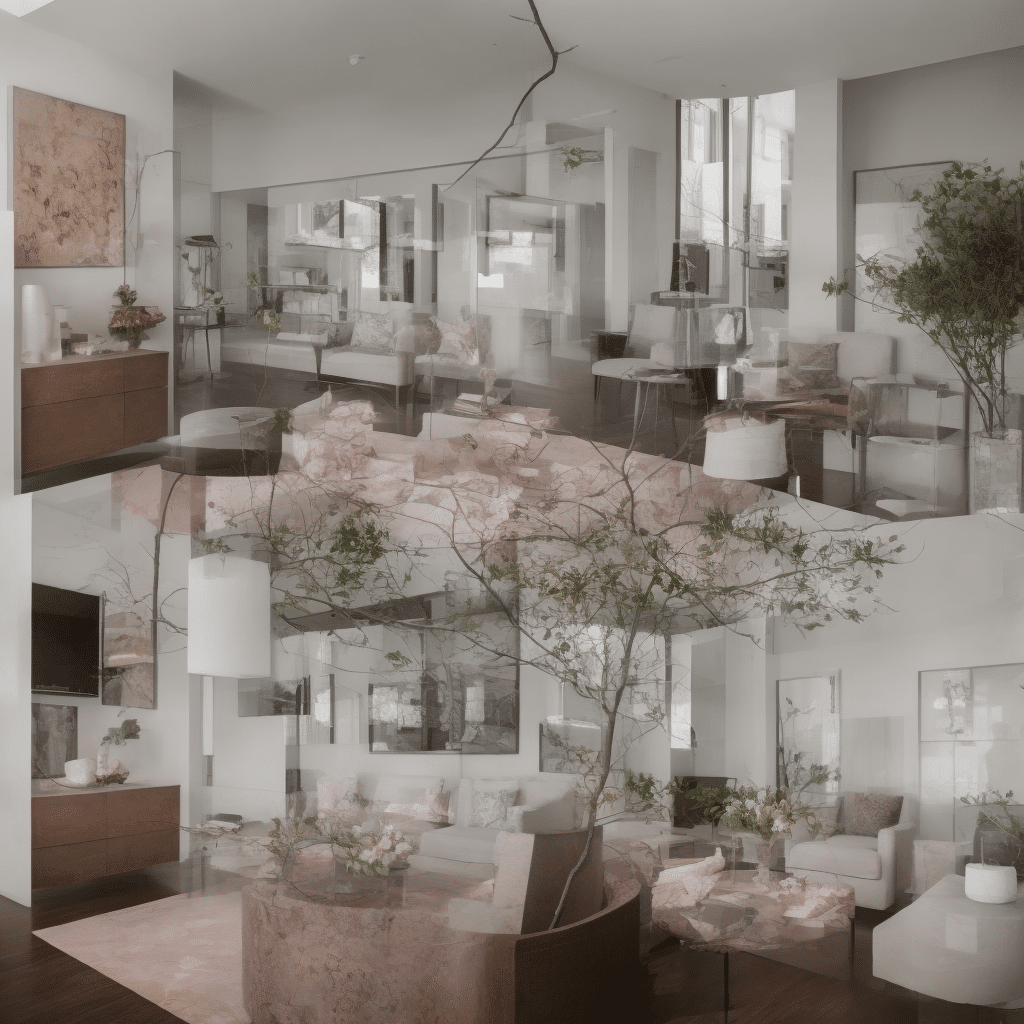What’s the Best Method for Incorporating a Heritage Piece of Furniture into a Contemporary Room Setting?

There’s a unique charm to vintage or antique pieces that modern furniture often lacks. They bring with them history, quality craftsmanship, and a certain timeless aura. However, incorporating them into a contemporary room can seem daunting. It’s all about striking a balance between the stark simplicity of the modern design and the intricate details of the antique pieces.
Choosing the Right Heritage Piece
Before you can start weaving antique elements into a contemporary room, you need to choose the right vintage or heritage piece. Not all antiques would fit seamlessly into a modern decor setting. It is crucial to understand the style and make of the piece, and how that could blend with your space.
Dans le meme genre : How to Design an Inviting Breakfast Nook with Bench Seating?
When choosing the heritage piece, pay close attention to its form, functionality, and aesthetic appeal. The piece should not only be beautiful but also practical. It could be anything from an elaborate Victorian armoire, an antique Chinese screen, to a simple rustic wooden chest. What’s important is that it speaks to you and fits well with the rest of the room’s design.
Creating a Focal Point
One effective method of incorporating an antique piece into a modern room is by making it the room’s focal point. You can position it in such a way that it naturally draws the eye. By doing this, the piece can be appreciated in all its beauty and detail, and it also sets the tone for the rest of the room.
Sujet a lire : What Are the Innovative Ideas for a Space-Saving Foldable Kitchen in a Tiny Home?
A large piece of furniture like a dining table or a bed can easily become the focal point. However, smaller pieces can also stand out if placed strategically. For example, a vintage secretary desk can be styled with contemporary elements like a modern lamp or chair. The contrast between the old and new creates an intriguing visual interest and highlights the heritage piece.
Balancing Old and New
Creating harmony between the old and new is key in successfully incorporating a heritage piece into a modern room. Too much modernity might make the antique piece stick out like a sore thumb, and too much vintage might make the room feel dated.
One way to create this balance is by using a color scheme that ties the room together. Choose a color from your heritage piece and use it elsewhere in the room. This could be through wall color, accessories, or even a throw rug.
Another method is to mix different styles of furniture. Pair your vintage table with modern chairs, or place a contemporary lamp on an antique side table. This creates an eclectic mix that is both stylish and cohesive.
Highlighting Craftsmanship
Heritage pieces are often admired for their excellent craftsmanship. It’s the subtle details that make them stand out. Therefore, it is important to highlight these details when incorporating them into a modern room.
Lighting plays a crucial role in showcasing these details. Placing a spotlight, a lamp, or even candles can draw attention to the intricate carvings or the patina of the piece. Natural light is also an excellent way to highlight the piece during the day.
Honoring the Past While Embracing the Future
Incorporating a heritage piece into a contemporary room is not about compromising modern tastes for the sake of nostalgia. It’s about honoring the past while embracing the future. It’s about creating a space that tells a story, your story.
This can be achieved by adding personal touches to the room. Family photos, heirlooms, or any item with sentimental value can be displayed alongside the heritage piece. This not only gives the room a personal touch but also creates a connection between the past and the present.
Incorporating a heritage piece into a contemporary room may seem like a challenge, but it can be an exciting design adventure. It’s all about choosing the right piece, creating a focal point, balancing old and new, highlighting craftsmanship, and honoring the past while embracing the future.
Exploring Material Harmony
A crucial element of interior design that often goes unnoticed is the harmony of materials. Introducing an antique piece into a modern setting can disrupt the visual consistency if not done carefully. However, with the right approach, the heritage piece can enhance the room’s overall aesthetic and lend a touch of timeless elegance.
You can accomplish this harmony by considering the materials used in your antique furniture and the rest of the room. Heritage pieces often feature natural materials such as wood, leather, and stone, which can blend beautifully with modern decor elements. For instance, an antique wooden desk can be balanced with a modern glass-top coffee table, or a vintage leather armchair can complement a contemporary steel lamp.
When considering material harmony, the key is not to match but to complement. Mixing too many different materials can make the room feel chaotic. Instead, try to limit the variety of materials and ensure a smooth transition between different elements. A quick view of the room should reveal a harmonious blend of materials, creating a visually appealing and inviting space.
Incorporating Vintage Furniture with Modern Artwork
Art is another powerful tool in interior design that can bridge the gap between antique and modern decor. By pairing heritage style furniture with contemporary art, you can create a dramatic contrast that draws attention and adds an element of visual interest.
When decorating antiques with modern art, the choice of artwork is crucial. It should complement the furniture without overshadowing it. The color palette, style, and subject matter of the art should enhance the design of the room and the antique piece.
For example, you could hang a bold, abstract painting above a delicate, antique table to create a striking focal point. Alternatively, you could place a modern sculpture next to a vintage chair to create an intriguing contrast. Be creative and experiment with different combinations to see what works best in your living room.
Conclusion: The Art of Blending Old and New
In conclusion, incorporating a heritage piece into a modern room is an art form in itself. It requires a keen eye for design, an understanding of materials, and a creative approach to create a cohesive, visually appealing space.
The key takeaway from these design tips is to find a balance. Balance the old and the new, the elaborate and the simple, the ornate and the minimalist. This balance allows the antique piece to shine in its full glory without overwhelming the modern decor.
Incorporating a heritage piece into a modern room is not just about aesthetics, though. It’s about creating a link between the past and the present, honoring the craftsmanship and timeless elegance of the antique while celebrating the sleek simplicity of modern design.
With the right approach, even the most contrasting elements can come together to create a harmonious space. So, go ahead and bring that vintage furniture out of the attic and into your modern living room. You might be surprised at the charm and character it adds to your home.
